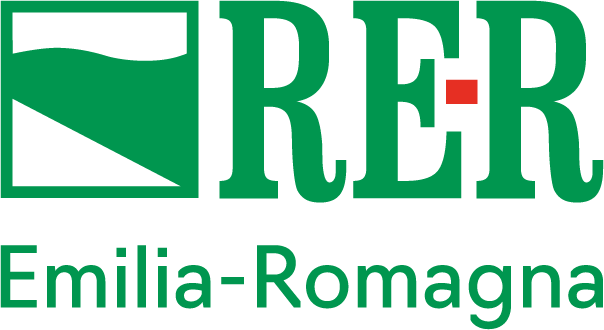Geochemical anomalies of heavy metals
Surface enrichment trends of Cr, Cu, Ni, Pb, V and Zn. Second edition (2016)
The Geochemical Anomalies Map on a scale of 1:250,000 represents the surface enrichment (with regard to the contents determined by the XRF method) of Chromium, Copper, Nickel, Lead, Vanadium and Zinc in the approximately 780 soil sampling points of the Emilia-Romagna alluvial plain carried out for the Natural Background Map.
The assessment of the point contamination status in a soil is also ascertained by means of formulas comparing the metal concentrations detected in the surface area of the soil and the natural background value. The two formulas most commonly used in the literature, which are interchangeable, calculate:
- Geo-accumulation index (I geo) (Müller, 1979; Förstner & Müller. 1981), defined by:
Igeo = log2 Cn / (1,5*Bn) e
- Enrichment Factor (EF) (Rubio et al., 2000), defined by:
EF = (Bn – Cn) / Cn
where:
Cn = metal concentration at the site/sampling point at a depth of 20-30 cm
Bn = natural background content at the site/sampling point at 90-140 cm depth
In our case, the geo-accumulation index ‘Igeo’ was used in conjunction with a classification scheme, (Müller, 1981; Banat et al., 2005; Sainz & Ruiz, 2006), which distinguishes six classes of contamination based on different Index values.
Igeo Class | Igeo Value | Soil Health |
0 | <0 | unpolluted |
1 | 0-1 | unpolluted to moderately polluted |
2 | 1-2 | moderately polluted |
3 | 2-3 | moderately to strongly polluted |
4 | 3-4 | strongly polluted |
5 | 4-5 | strongly to very strongly polluted |
6 | >5 | very strongly polluted |
These are therefore point maps from which a ‘general state of soil health’ can be deduced and which, together with the heavy metal background maps, identify the areas subject to the greatest pressure.
Available maps
-
-
-
-
-
-
Geology, Soil and Seismic Area
